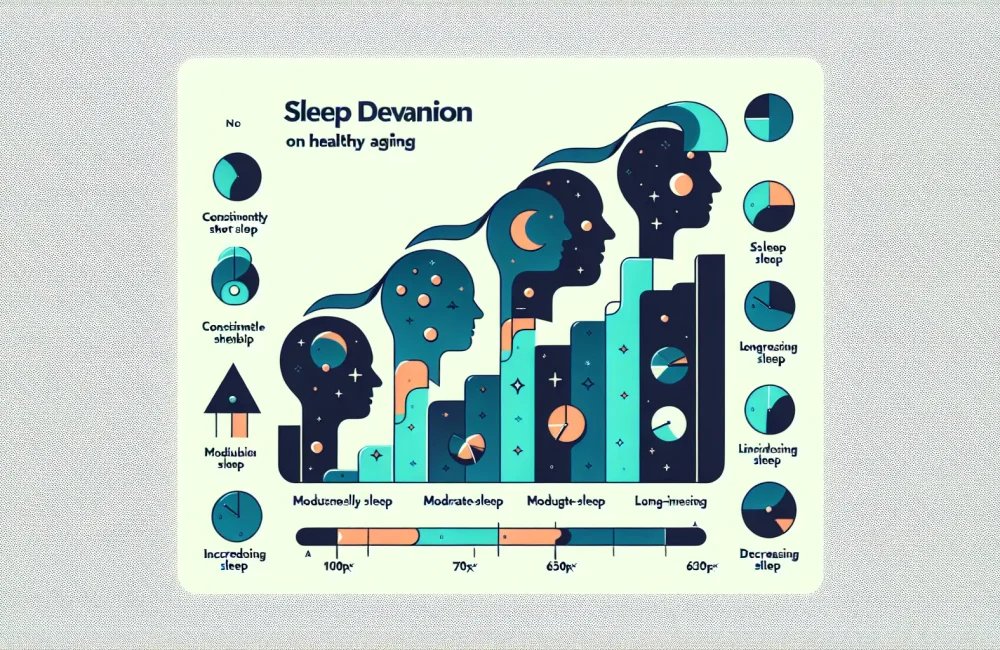By CAFMI AI From Frontiers in Medicine (Open Access)
Nomogram Development for Sarcopenia Prediction in COPD Patients
Sarcopenia, characterized by the progressive loss of muscle mass and strength, is a significant extra-pulmonary complication frequently encountered in patients with chronic obstructive pulmonary disease (COPD). This condition not only impairs physical function but also adversely affects the overall prognosis and quality of life of COPD patients. Early identification of sarcopenia in this patient population is critical for timely intervention and management strategies, which could potentially mitigate functional decline and reduce associated morbidity. To address this clinical need, the study under review developed and validated a clinical nomogram aimed at predicting sarcopenia risk in COPD patients using data extracted from the National Health and Nutrition Examination Survey (NHANES). The study utilized a robust dataset comprising COPD patients identified across specified NHANES testing cycles, though exact years were not specified in the extract provided. Sarcopenia was operationally defined by composite criteria involving both muscle mass measurements and muscle strength assessments, adhering to established clinical standards. Using advanced statistical methodologies, including Least Absolute Shrinkage and Selection Operator (LASSO) regression to filter variables and multivariate logistic regression to identify independent predictors, the researchers distilled a set of key clinical and biochemical factors for inclusion in the nomogram. These predictor variables encompassed demographic factors such as age, clinical markers like body mass index (BMI), lifestyle elements including smoking status and physical activity levels, along with certain inflammatory biomarkers, reflecting the multifactorial nature of sarcopenia pathogenesis in COPD. The resulting nomogram represents an integrative tool designed to quantify individual sarcopenia risk in COPD on a clinical basis.
Validation and Performance Metrics of the Nomogram
The nomogram developed demonstrated strong predictive performance when tested in both the training dataset derived from the NHANES cohort and an independent external validation cohort, underscoring its potential generalizability in clinical settings. Specifically, the model achieved an area under the receiver operating characteristic curve (AUC) of 0.85 in the training set, indicating excellent discrimination between patients with and without sarcopenia. In the validation cohort, the AUC remained robust at 0.82, affirming the model’s reliability in unseen populations. Calibration plots were employed to assess the agreement between predicted probabilities and observed outcomes, revealing adequate concordance that supports the nomogram’s accuracy in risk estimation. Additionally, decision curve analysis demonstrated meaningful clinical utility, reflecting that the application of the nomogram in practice could improve clinical decision-making by identifying patients who would most benefit from further sarcopenia screening or intervention. From a clinical perspective, these validation results emphasize that the nomogram can serve as a pragmatic risk stratification tool in COPD management workflows, facilitating personalized care plans focused on preventing or mitigating sarcopenia’s detrimental impact.
Clinical Implications and Recommendations for Practice
The introduction of this validated clinical nomogram into routine practice offers several important implications for clinicians managing COPD patients, particularly within primary care and pulmonary specialty settings in the United States. By enabling early identification of patients at high risk for sarcopenia, healthcare providers can initiate targeted interventions such as nutritional support, exercise programs aimed at muscle strengthening, and modification of risk factors like smoking cessation and increased physical activity. This proactive approach aligns with current COPD management guidelines that advocate for comprehensive assessment of extrapulmonary manifestations to improve patient-centered outcomes. Moreover, the nomogram’s reliance on readily available clinical data and simple laboratory markers enhances its feasibility for widespread adoption, making it a practical addition to existing clinical workflows. It also supports patient counseling by providing objective risk information, which can motivate adherence to lifestyle changes and therapeutic strategies. From a broader healthcare perspective, integrating such predictive tools can reduce hospitalizations, improve functional status, and lower healthcare costs associated with COPD complications. Future directions include further external validations in diverse patient populations, exploration of the integration of this tool with electronic health record systems for automated risk calculation, and evaluation of the impact of nomogram-guided interventions on long-term clinical outcomes. Ultimately, this predictive nomogram represents a meaningful advancement in personalized COPD care, promoting early detection and management of sarcopenia to enhance overall patient health and quality of life.
Read The Original Publication Here






